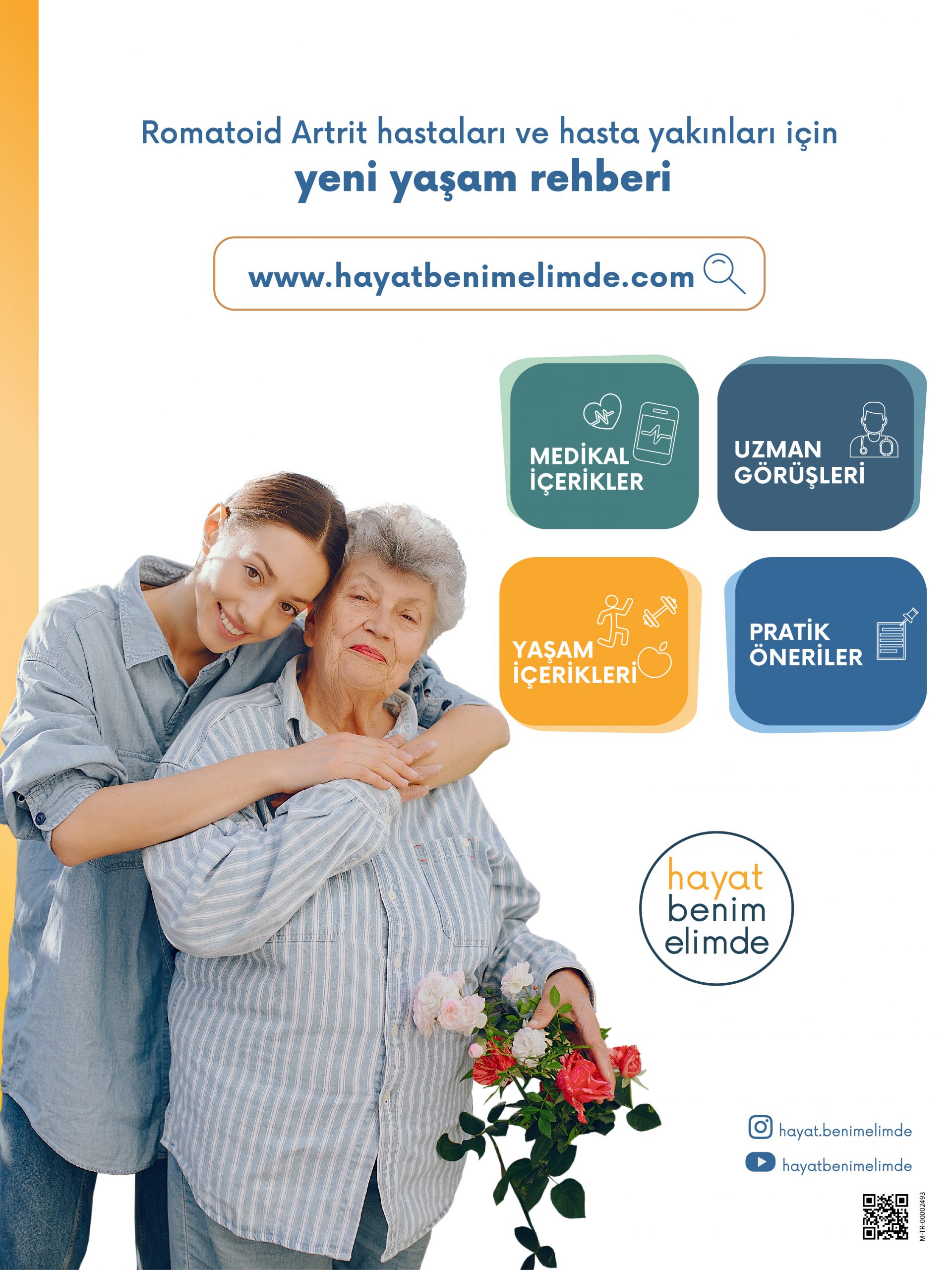Experts point out that toys that are small in size, children’s swallowing their food without chewing are some of main accidents that can cause trauma and respiratory obstruction at home. Lect. Özlem Karagöl said that respiratory tract obstruction and suffocation traumas are the most common causes of death in young people and children under the age of 18.
 Lecturer Özlem Karagöl, Head of First and Emergency Aid Programme, Altınbaş University stated that traumas are the most common cause of death in young people and children under the age of 18, and pointed out that the causes of death in children under the age of 5 or exposure to trauma are the insufficient development of the motor muscle nervous system. Karagöl noted that at the beginning of the accidents that will cause trauma at home, reasons such as families buying small toys, children being curious and taking everything to their mouth, swallowing the food they eat without chewing may cause blockage.
Lecturer Özlem Karagöl, Head of First and Emergency Aid Programme, Altınbaş University stated that traumas are the most common cause of death in young people and children under the age of 18, and pointed out that the causes of death in children under the age of 5 or exposure to trauma are the insufficient development of the motor muscle nervous system. Karagöl noted that at the beginning of the accidents that will cause trauma at home, reasons such as families buying small toys, children being curious and taking everything to their mouth, swallowing the food they eat without chewing may cause blockage.
Lect. Özlem Karagöl recorded that in the trauma experienced, it should be distinguished as complete or partial trauma, and warned, “First of all, we need to recognize the obstruction of the respiratory tract. All families and society should recognize this.”
What to do
Stating that the two have different treatment methods, Lect. Özlem Karagöl emphasized that a child with partial obstruction should not be given a full obstruction intervention in first aid. Clarifying both situations, Karagöl made statements about what needs to be done.
“Partial choking if the child is coughing or crying”
Karagöl said, “The child took a foreign object in his mouth. The airway is blocked and the child has difficulty breathing and begins to cough. But if you are communicating with the child while coughing, if you hear the sound of the child coughing and crying, this is a partial blockage. In this case, you need to take the child and put it on your shoulder and help the child cough, as if he were burping. After the child continues to cough and cry, we need to look at the child’s throat. We need to check whether the foreign body in the child’s throat has come out, and we need to continue the process until it does.”

“If the child has started to bruise and cannot make a sound, it is a complete blockage”
Özlem Karagöl emphasized that in complete occlusion, the child is completely out of breath and begins to bruise. Pointing out that the intervention in full occlusion is very different, Karagöl clarified, “If the child is less than 1 year old in full occlusion, we have to lay him face down on our hand and hit him on the back with the palm of our hand 5 times. After hitting him on the back 5 times, we have to turn the child to the other side and check whether there is a foreign object in his mouth. If it does not come out, we have to press 5 times on the child’s stomach with two fingers. We need to repeat this until the child removes the foreign body.”
She said that if the child is older than 1 year, it should be hit 5 times in a sweeping manner with the heel of the hand between the two shoulder blades on the back. Karagöl reminded that if the foreign body did not come out after the intraoral control, it is necessary to go behind the child and apply 5 times to the abdomen above the belly button and said, “We continue this sequence as 5 back blows, intraoral control, 5 Heimlich (abdominal pressure) Maneuvers and again intraoral control.”
“The most important thing is to stay calm”
Özlem Karagöl underlined that families should not panic, especially in such situations, and said, “You shouldn’t panic. The rule of thumb is to stay calm. As a result of congestion, drinking beverages such as water or giving food to the person who coughs as a result of congestion should definitely not be done, as this will increase the congestion.”



